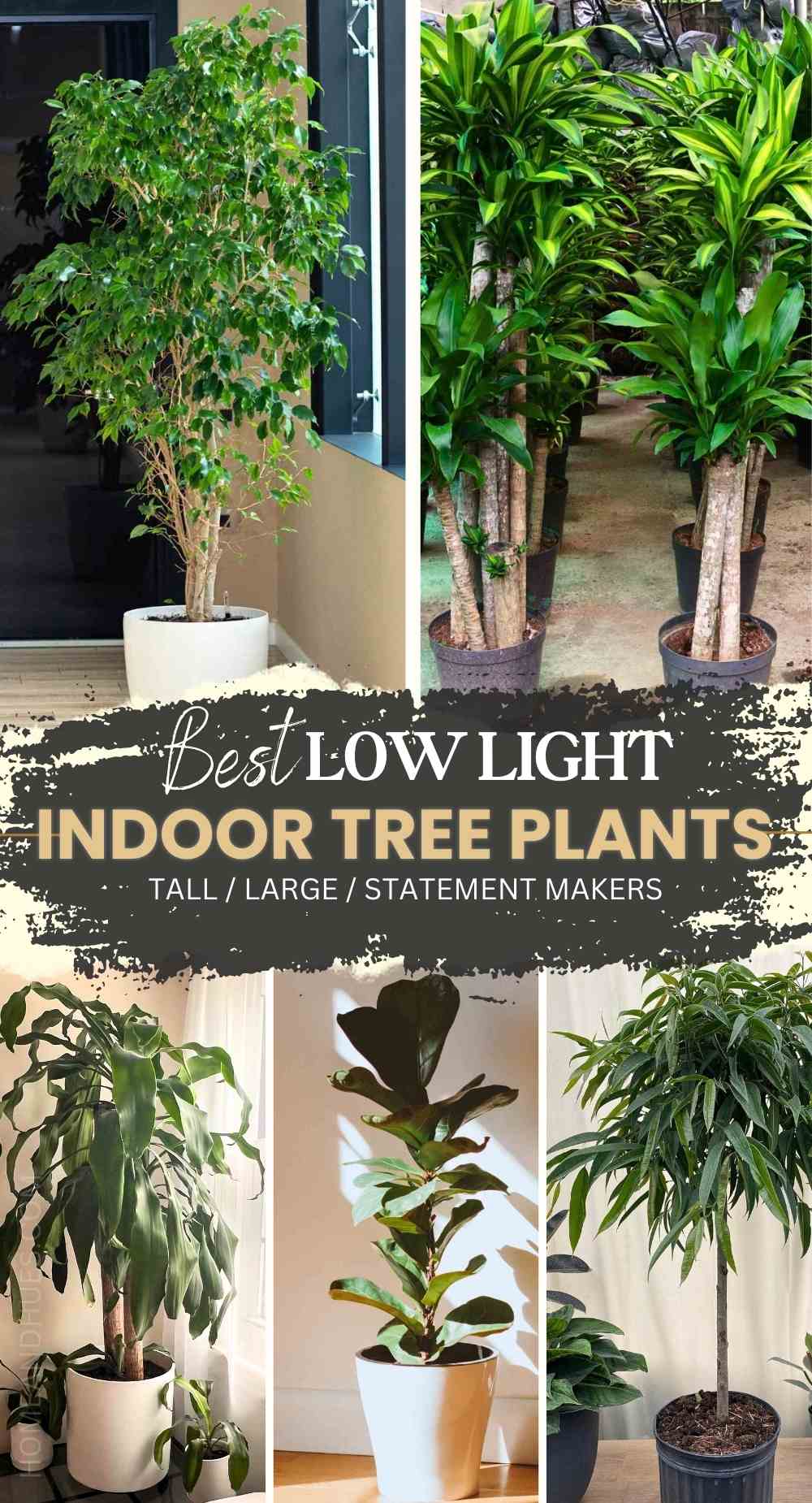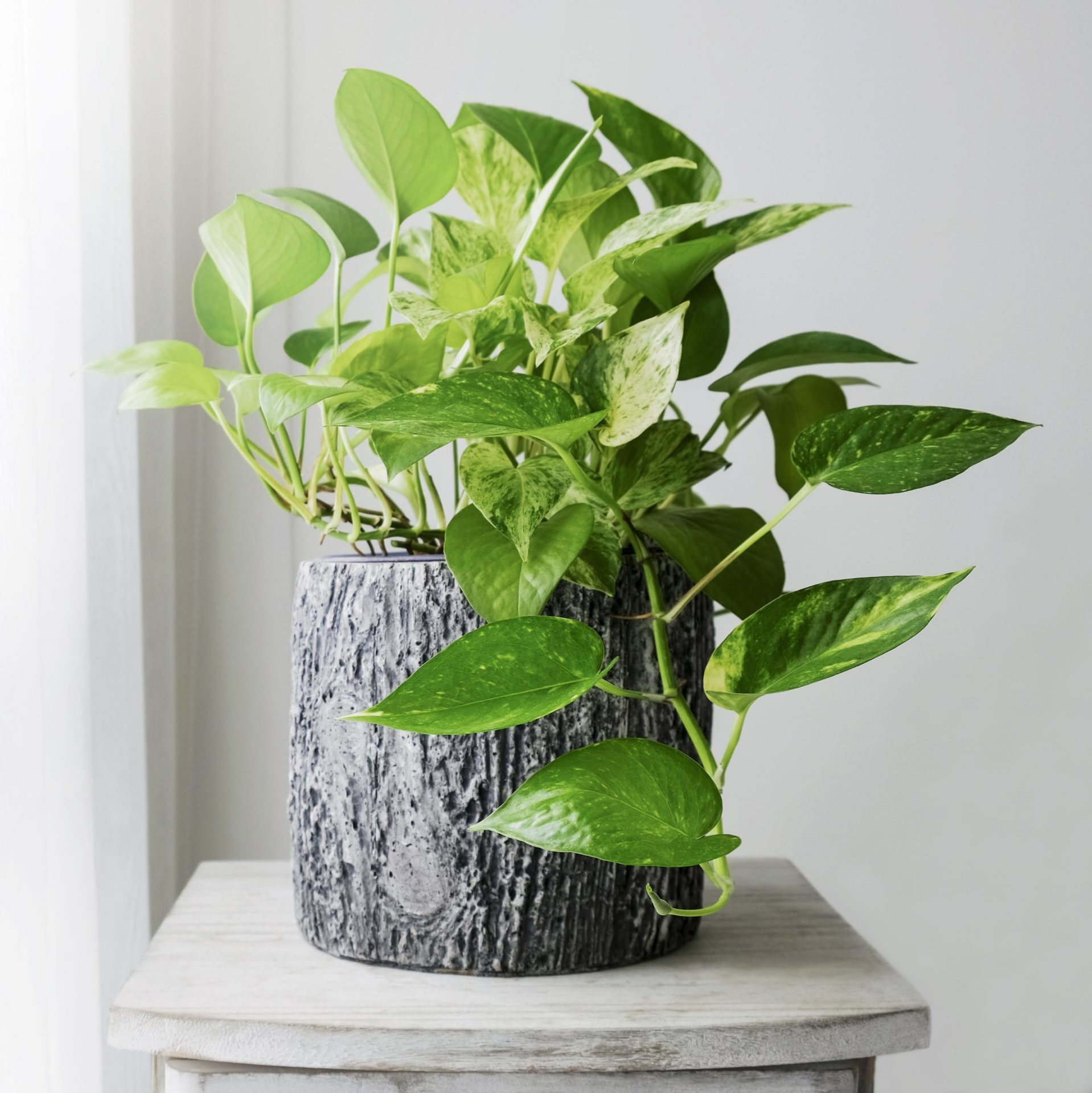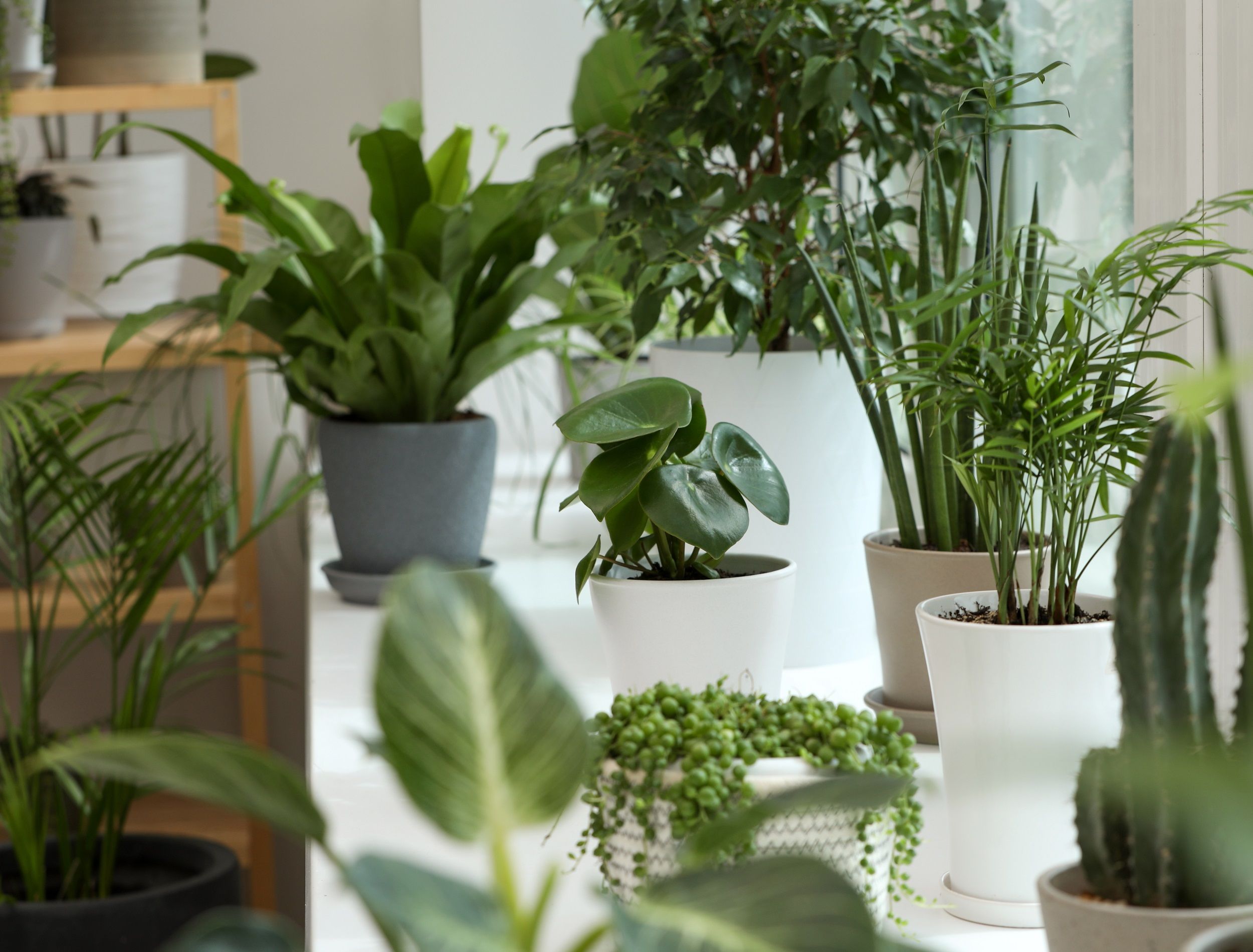Top Picks for the Best Low-Light Indoor Plants to Brighten Your Room
Top Picks for the Best Low-Light Indoor Plants to Brighten Your Room
Blog Article
Transform Your Home With Beautiful Low-Light Indoor Plants and Their Advantages
Including low-light interior plants right into your home can substantially enhance both the environmental and aesthetic top quality of your space. These plants, which thrive in dim problems, serve not just as attractive aspects yet additionally as natural air purifiers, making them excellent for city dwellers or those with restricted sunshine direct exposure. As we discover the various sorts of low-light plants and their advantages, you may discover unusual methods to integrate them into your home that can transform your surroundings in methods you could not have prepared for.
Advantages of Low-Light Plants
Low-light plants use countless advantages for interior settings, making them an exceptional selection for both novice and knowledgeable gardeners. One of the key advantages is their flexibility to low-light problems, enabling individuals to boost their living spaces without the demand for considerable sunlight direct exposure. This particular makes them perfect for houses, workplaces, and various other areas with minimal natural light.

Moreover, integrating low-light plants right into home decor can boost the aesthetic appeal of an area. Their lush foliage and varied appearances produce a calming atmosphere, contributing to overall well-being. The existence of greenery has actually been linked to reduced stress degrees and improved productivity, making low-light plants a sensible choice for improving both physical and psychological health and wellness in interior setups.
Top Low-Light Indoor Plants
While numerous interior plants prosper in bright light, numerous varieties are particularly fit for low-light problems, making them excellent for numerous interior areas. One prominent choice is the Serpent Plant (Sansevieria), understood for its striking upright fallen leaves and durability, calling for very little care. An additional outstanding option is the Pothos (Epipremnum aureum), which features heart-shaped fallen leaves and can track perfectly from racks or wall mounts, thriving in reduced light and adding a lavish touch.
The ZZ Plant (Zamioculcas zamiifolia) is celebrated for its glossy fallen leaves and capability to endure overlook, making it ideal for hectic way of livings. Likewise, the Tranquility Lily (Spathiphyllum) not only tolerates reduced light but additionally generates spectacular white blossoms, boosting any type of room's aesthetic.
For a special touch, think about the Cast Iron Plant (Aspidistra elatior), which undoubtedly meets its name, thriving in the darkest corners of your home. The Chinese Evergreen (Aglaonema) uses a range of leaf patterns and colors while being exceptionally forgiving in low-light problems. These plants not just enhance indoor atmospheres but additionally contribute to air purification, improving your home.
Treatment Tips for Low-Light Plants

Sprinkling methods are essential; these plants frequently favor a little dry problems. Overwatering can lead to root rot, so ensure that the top inch of soil is completely dry before watering once again. Usage pots with water drainage holes to enable excess moisture to get away.
Humidity is another important variable. Many low-light plants, such as brushes and tranquility lilies, take advantage of higher moisture levels. To raise moisture, consider misting the leaves or placing a tray of water near the plants.
Fertilization should be come close to with care. During the growing season, look at this now use a diluted, balanced fluid plant food on a monthly basis to support growth, yet prevent feeding throughout the inactive wintertime months.

Creative Ways to Present Plants
Indoor plants can work as captivating focal points in any type of area, boosting both aesthetic charm and setting. Innovative display screens can elevate the visual influence of low-light plants, making them an integral component of your home decor. One effective method is to utilize tiered plant stands, which permit you to showcase multiple plants at differing elevations while taking full advantage of floor room.
Hanging planters are an additional innovative choice, developing a sense of deepness and attracting the eye upward. Take into consideration macramé hangers or wall-mounted racks to introduce an unique structure and style.
For an extra structured strategy, usage geometric terrariums or glass containers to house your plants, adding a modern-day touch to your interior yard. You can additionally repurpose classic products, such as teacups or wood cages, for a diverse display that shows your personality.
Enhancing Home Ambiance With Plants
Incorporating low-light plants into your home not only enhances visual allure yet additionally adds significantly to the general setting. These plants function as natural design aspects, presenting a sense of harmony that can transform any type of room. The visibility of plant cultivates a relaxing ambience, which is particularly useful in high-stress environments such as home workplaces or living rooms.
Low-light plants, such as snake plants, pothos, and ZZ plants, are not only visually pleasing yet likewise boost interior air quality by filtering system contaminants. This dual feature enhances the ambiance additionally, original site producing a healthier living room (Best low-light indoor plants). The calculated positioning of these plants can additionally affect the assumption of space; for circumstances, my link tall plants can attract the eye upward, making ceilings show up higher and areas a lot more spacious
Furthermore, varying structures and shades of vegetation include depth to indoor design, permitting imaginative expression in home designing. Whether put on racks, in edges, or as focal points, low-light plants can elevate the state of mind of any room. In recap, integrating these plants into your home is an efficient method to cultivate a cozy, welcoming environment while enjoying the advantages of improved air quality and visual adaptability.
Final Thought
Including low-light interior plants into home environments supplies numerous advantages, consisting of boosted aesthetic allure and improved air top quality. These resistant plants, such as the Serpent Plant and Tranquility Lily, require minimal light and upkeep, making them suitable for varied way of lives.
While many interior plants prosper in intense light, several species are particularly fit for low-light conditions, making them ideal for numerous indoor spaces. One effective approach is to use tiered plant stands, which allow you to display numerous plants at differing elevations while making best use of floor room.
Low-light plants, such as serpent plants, pothos, and ZZ plants, are not only aesthetically pleasing however additionally boost indoor air high quality by filtering system toxins. Best low-light indoor plants. The strategic positioning of these plants can additionally influence the assumption of space; for instance, high plants can draw the eye up, making ceilings show up higher and spaces much more spacious
These resistant plants, such as the Serpent Plant and Tranquility Lily, call for marginal light and maintenance, making them appropriate for diverse lifestyles.
Report this page